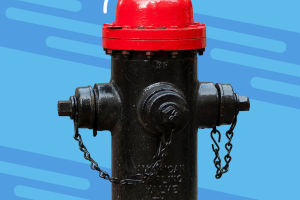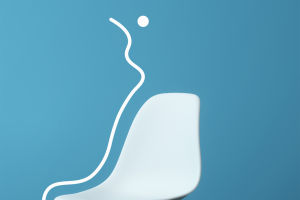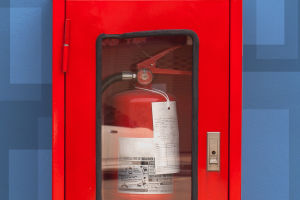In the process of the baby's growth, in addition to the pacifier, the baby will spend more time with the water cup. Pediatricians even suggest that it is best to wean the baby from the pacifier before 6 months and try to drink from a water cup.
So how choosing the right water cup for the baby is the first thing mothers have to learn.
The quality of the baby's drinking cup directly affects the baby's health, so everyone should pay special attention when choosing the baby's cup, and when going out, prepare a kettle or water cup for the baby, so that the baby will not be afraid of drinking.
First of all, let's talk about why we should cut off the nipple and bottle as soon as possible, and pick up the water cup to drink water early.
This is because long-term use of pacifiers will affect the shape of the lips. If used improperly, it will also affect the development of the oral cavity, resulting in deformed teeth, dental caries, and abnormal facial shapes.
And let the baby drink water from a cup by himself can train the child's independence, exercise hand strength, and hand-eye coordination, and play an important role in the growth and development of the baby.
But some parents who don't care think that it's just a water cup, and they are all similar. What can you choose? How can there be so much attention? If it is this kind of mentality, it is not advisable.
According to experience, some water glasses on the market are either easy to leak or the mouth particularly easy to break, and it is not convenient to clean, and there are safety hazards.
1. Cup type
Under normal circumstances, there are three main categories: duckbill cups, straw cups, and straight drinking cups. Give children appropriate water glasses at the appropriate age, just like two or three-year-old children cannot still use feeding bottles, because this will easily increase the incidence of dental caries and "ground bumps".
Therefore, under normal circumstances, babies of 0-6 months use a feeding bottle + pacifier; babies of 6-9 months use a duckbill-style learning cup; babies over 6-12 months can transition to a straw-style learning cup .
For babies over one-year-old, the range is wider, but the open water cups similar to adults are the main ones. (The American Dental Association, from the perspective of preventing dental caries, recommends that the transition from the bottle to the drinking cup should be completed before one year old.)
2. Security
In addition to the age-determined choice, the material of the water cup is a concern of parents. Is it better to choose a high-temperature-resistant but fragile glass?
Or a stainless steel mug that is hard and insulated but contains trace metal elements? Or light and unbreakable plastic cups?
Compared with fragile glass cups and plastic cups with chemical components, the editor recommends children's water cups made of PP (polypropylene).
Because of its stable structure, it can be heated at high temperatures and has high safety. PES is also available, but the price is higher, and PC materials need to be used with caution, as the toxic substance bisphenol may be released at high temperatures.
But no matter how safe it is, it is best to replace the water cup regularly to provide multiple layers of protection for health.
3. Others
Secondly, it depends on whether the sealing is good and whether there will be water leakage. This is also an indicator for testing the safety of the water cup. Filling up with water is mind-boggling just thinking about it.
The above points are for your reference. Of course, there are also children's personal preferences, convenience, capacity, appearance, durability, etc., which are also their selection criteria.


